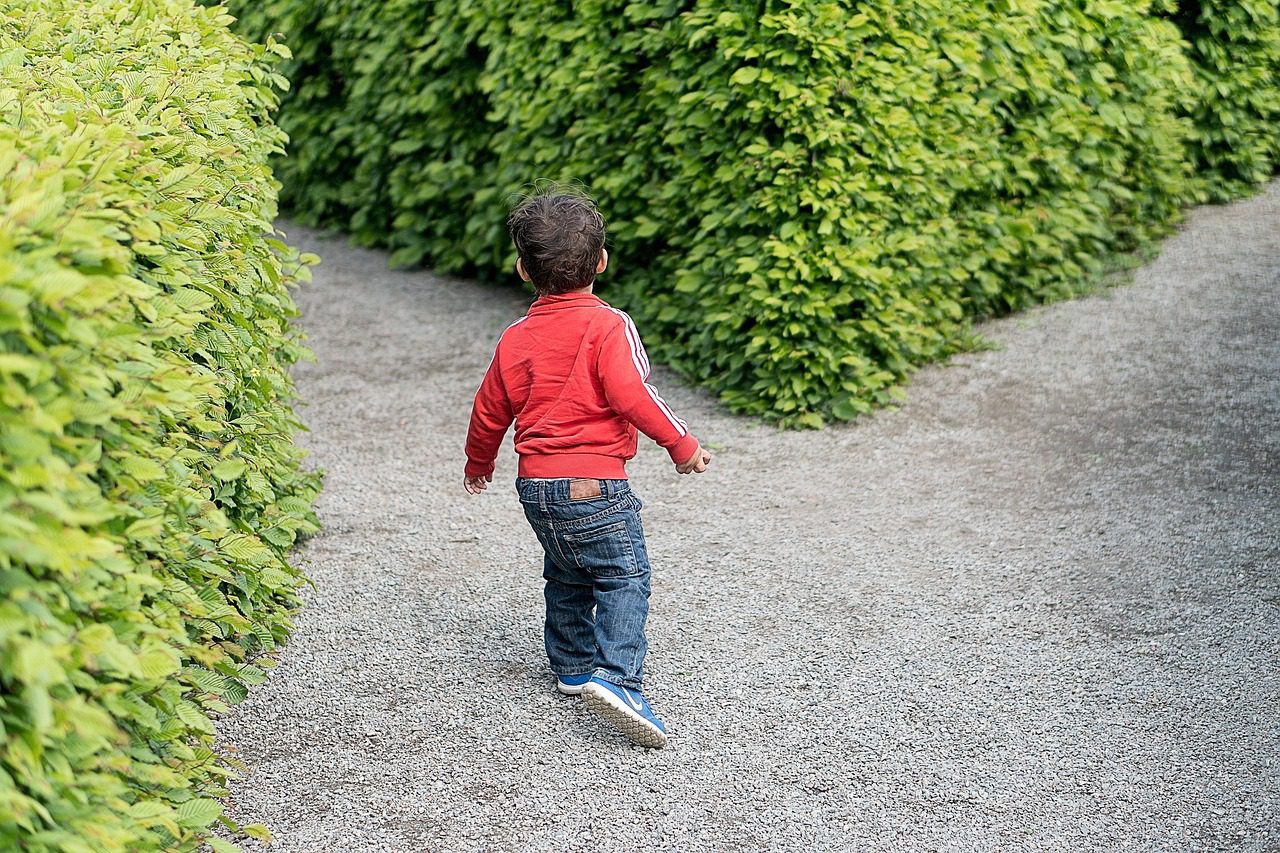Teaching children the difference between ‘right’ and ‘wrong‘ is a crucial part of their upbringing. It helps them develop a strong sense of morality, ethics, and ultimately conscience.
In our society today, where children are exposed to a multitude of conflicting cultures and beliefs, it is more important than ever to teach them about the values and principles that will guide them throughout their lives.
Children need to understand that their actions have consequences, both good and bad, and that they are responsible for the choices they make. By teaching them to make ethical and moral decisions, we help them develop a strong sense of self, in addition to healthy respect for others.
… what is right anyway?
“Right” is a subjective term that can mean different things to different people or cultures. In the context of teaching children the difference between right and wrong, “right” generally refers to actions or behaviors that align with moral or ethical principles.
These include honesty, kindness, respect, responsibility, and fairness. These principles are often grounded in cultural norms, religious beliefs, or societal values.
However, what is considered “right” can also depend on the specific situation and context in which the behavior occurs. For example, the right thing to do in a dangerous situation may differ from the right thing to do in a peaceful situation.
Ultimately, teaching children the difference between right and wrong involves helping them understand and apply these principles in a way that is appropriate for their age, maturity level, and cultural background.
… and what is wrong?
Similar to the term “right,” the definition of “wrong” is also subjective and can vary based on individual perspectives and cultural values. Generally, “wrong” refers to actions or behaviors considered to be immoral, unethical, or socially unacceptable.
These include lying, cheating, stealing, harming others intentionally, and breaking the law are commonly seen as examples of “wrong” behaviors.
However, what is considered “wrong” can also depend on the context and situation in which the behavior occurs.
For example, while stealing is generally seen as wrong, there are situations, such as when someone is stealing food to feed their family, where the behavior may be seen as more complex and morally ambiguous.
Tips on teaching children the difference between right and wrong:

Teaching children involves helping them understand why certain behaviors are considered right or wrong in different situations. It also involves guiding them to make good choices based on moral and ethical principles.
They must also understand the consequences of their actions.
By teaching children the difference between right and wrong, parents and caregivers help them develop strong moral character and become responsible members of their community.
Below are just a few starting points:
1. Be a good role model
Children learn by example, so it’s essential to be a good role model. Set a good example by following the same rules you expect your children to follow.
For example, if you want your children to be honest, make sure you are always truthful with them. If you want them to be respectful, show respect to them and others.
2. Use positive reinforcement
Children respond well to positive reinforcement, so it’s important to praise them when they do the right thing. When you catch your child doing something good, give them specific praise for their actions.
For example, if your child shares a toy with a friend, tell them how proud you are of them for being kind and generous.
3. Explain the consequences
Children need to understand that their actions have consequences. Explain to them how their actions can impact themselves and others.
For example, if they hit their sibling, explain that hitting hurts and can make their sibling sad or angry. Help them understand that they can make better choices that will lead to positive outcomes.
4. Set clear rules and expectations
Children need clear rules and expectations to guide their behavior. Make sure your child knows what is expected of them and the consequences for breaking the rules.
Be consistent in enforcing the rules, so they know what to expect.
5. Use stories and examples
Children learn through stories and examples. Use real-life examples to illustrate the difference between right and wrong.
For example, tell them a story about someone who did the right thing, even though it was difficult, and how that person was rewarded for their actions.
6. Use Appropriate Language
Another effective strategy is to use age-appropriate language and examples when discussing ethical and moral principles with children. For younger children, parents can use stories or puppets to illustrate the importance of honesty, sharing, and other positive behaviors.
As children get older, parents can engage them in more detailed discussions about ethical dilemmas.
For example, how to handle peer pressure or what to do when faced with a difficult decision.
7. Encourage empathy
Empathy is an essential component of moral and ethical behavior. Encourage your child to think about how their actions impact others.
Teach them to put themselves in someone else’s shoes and think about how they would feel if the situation were reversed.
The development of empathy has a lot to do with how children experience emotions and how people respond to their emotional states,” argues Berkowitz. “It’s not automatic.” If a child’s sadness is met with stony silence rather than a hug, if her loneliness is met with continued abandonment, then she is in danger of losing her natural empathy.
ETHICS
8. Promote critical thinking
Teaching children to think critically can help them make better decisions. Encourage them to ask questions and consider different perspectives. Teach them to weigh the pros and cons of a decision before making a choice.
9. Be patient
Teaching children the difference between right and wrong takes time and patience. It’s essential to be patient and consistent in your approach. Remember that children learn at their own pace, and it may take some time for the lessons to sink in.
It is also important for parents and caregivers to be consistent in their expectations and consequences for good and bad behavior.
How can culture and religion help?

Culture and religion can play a significant role in helping children understand the difference between right and wrong.
In many cultures and religions, there are established moral and ethical principles that guide people’s behavior and decision-making. These principles can be taught to children as part of their upbringing and can help shape their moral character.
For example, many religions emphasize the importance of treating others with kindness and compassion. This can be a powerful lesson for children. Additionally, cultural traditions and values can provide children with a sense of belonging and identity. This is designed to influence their behavior and decision-making.
Teaching children about their cultural and religious heritage can help them understand and appreciate different perspectives and family values, to enhance their ability to make ethical and moral decisions. Moreover, it can also help children develop a sense of empathy and respect for others. This is an essential component of being a good person.
Parents and caregivers can incorporate cultural and religious teachings into their daily lives and conversations with children. They an share stories, celebrating holidays and festivals, and participating in community events.





Leave a Reply